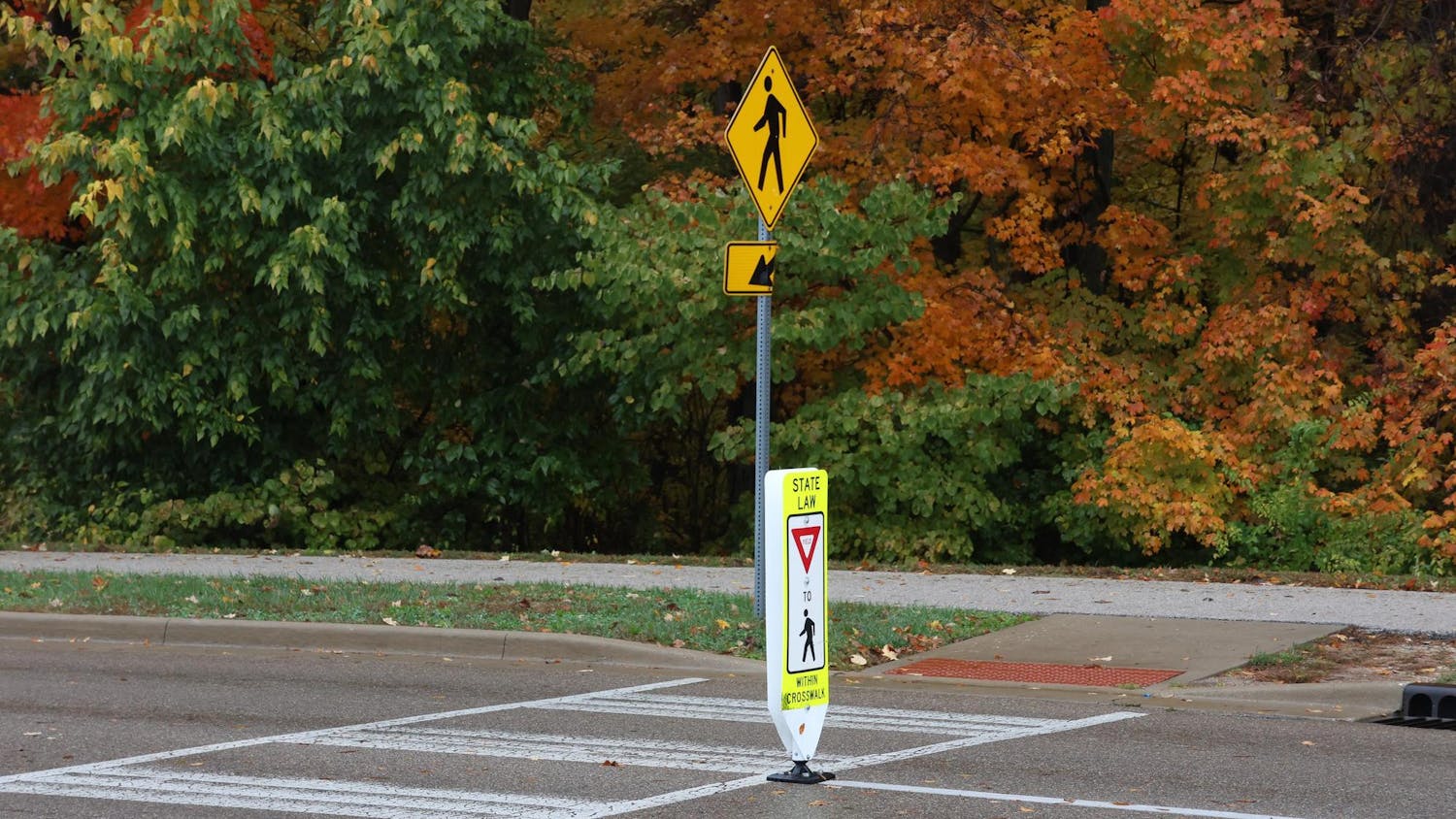NEW YORK -- The nearly simultaneous assaults on the World Trade Center and Pentagon using commercial airliners point to a meticulously planned strike by attackers who likely deployed their own pilots, terrorism and aviation experts said. \n"No pilot, even with a gun to his head, is going to fly into the world towers," said Gene Poteat, president of the Association of Former Intelligence Officers. \n"They (terrorists) flew the planes themselves," he speculated. \nThe means used in the attacks echo other recent terrorist incidents, but on a scale few imagined. \n"It is shocking but not a surprise. The components of these things have been seen before," said Brian Jenkins, a Santa Monica, Calif.-based security consultant to the Rand Corp., and former member of the Clinton administration's Commission on Aviation Safety and Security. \nAnalysts said that while counterterrorism officials have examined the risk of attacks on strategic buildings using commandeered commercial jets, they were more fearful of the massive loss of life that could result from the use of chemical weapons. \n"There's been an increased focus on biological and chemical terrorism, in terms of mass casualties," said Steven Emerson of the Investigative Project, a Washington, D.C.-based research group focused on international terrorism. \nTuesday's attacks did not appear to require mastery of science. \nInstead, analysts were impressed by the meticulous planning. \n"I do find it amazing that it was this sophisticated and coordinated an attack," said attorney Victoria Toensing, who started the Justice Department's terrorism section as a deputy attorney general during the Reagan administration. \nMany hijackings fail before planes ever get off the ground, and so the takeover of multiple planes demonstrates considerable planning and expertise, she said. \nWhile operating the planes required substantial know-how, such attacks likely relied more on overall orchestration, said Tim Brown, senior analyst with Global Security.org in Washington, D.C., which researches proliferation of nuclear, biological and chemical weapons. \n"This goes to prove the whole argument that you don't need weapons of mass destruction, all you need is an airliner loaded with jet fuel," said Brown. \n"The actual skills of the individual operators isn't particularly great, but the imagination to recognize the vulnerability and exploit it succesfully in an orchestrated manner," he added. \nAviation experts said they could not fathom a scenario in which the crew of the commercial aircraft would have cooperated with attacks. \n"I'd take it to the ground before I went into a building — even with a gun to your head. You know you're going to die any way," said Robert Hiemstra, a retired Continental Airlines pilot from Bloomington, who is senior vice president of the Retired Airline Pilots Association. \nHiemstra and other experts said that a terrorist wouldn't necessarily need formal training to fly a commercial jet. \n"In terms of basic aircraft control, being able to fly it into a building, it requires some degree of skill certainly, but probably not more than what the average person on the street would be able to acquire," said Dave Esser, a professor and former flight instructor at Embry-Riddle Aeronautical University in Daytona Beach, Fla. \nEsser said even the unschooled can acquire rudimentary flight skills with off-the-shelf flight simulator software. And even though big jets have complex instruments, they steer more or less like a car, he said. \nJenkins and Brown said methods used in recent hijackings and terrorist attacks have led analysts to question the focus by the Pentagon and intelligence agencies on terrorists striking the United States with nuclear, chemical and biological weapons. \nIn terms of cost of materials, Brown surmised that the airliner attacks cost even less than last year's bombing of the U.S.S. Cole in Yemen, which killed more than a dozen U.S. sailors and hobbled a high-tech vessel worth around $1 billion. That attack required only a few thousand dollars in chemicals and a speedboat. \nSomehow, the attackers who orchestrated Tuesday's strike went undetected by U.S. intelligence and law enforcers. \nThe terrorists used the sophisticated concept of "redundancy" — incorporating several separate, coordinated attacks — that allowed the operation to continue even if one group was detected. \n"Even if our intelligence people were following one of the guys around, that didn't compromise the other cells. They were still able to operate," Brown said. \nJenkins noted that the devastating strikes appeared to be the first major terrorist use of suicide attacks within the United States. \n"We believed or hoped that the tactic of a suicide bombing would not be exported," Jenkins said. "This is a new threat for us." \nAssociated Press writers John Christoffersen, Anick Jesdanun and Randy Herschaft contributed to this report.
Coordinated attacks devastate
Analysts comment on scale, skill of nearly simultaneous, yet separate attacks in New York, Washington Tuesday
Get stories like this in your inbox
Subscribe



